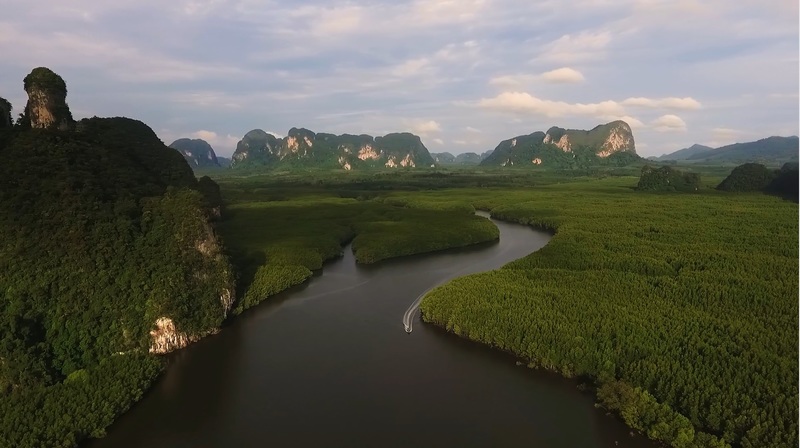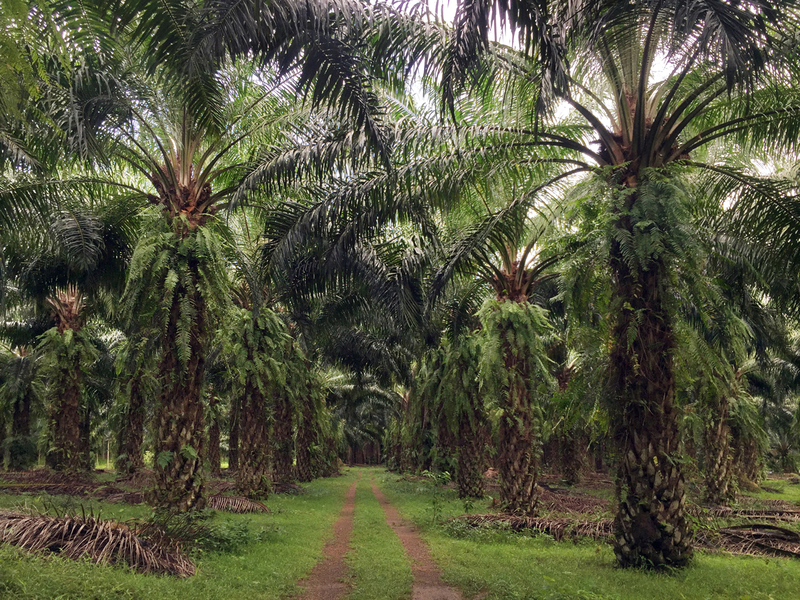KRABI – JEWEL OF THE ANDAMAN

Human settlement in Krabi province, dates back to at least 25,000 to 30,000 B.C., evidence of which can still be seen today in the coastal limestone caves, many of which contain fascinating prehistoric paintings and fragments of pottery, ancient tools and skeletal remains. These caves have long had a spiritual significance for the local population and given the stunning, awe-inspiring topography it’s not hard to see why.
 Phra Nang Nai cave, Railay
Phra Nang Nai cave, Railay
In times past elephants roamed freely and in great numbers in the forested areas of the province, and during the governorship of the Rajah of Nakhon Si Thammarat, Jao Phraya Nakorn, a collection centre was established to supply the major towns of the kingdom. This led to a large increase in the population as people from the surrounding region settled in ever greater numbers to find employment in this endeavour. In 1872 Krabi was accorded the status of a town by king Chulalongkorn (Rama V), and by 1875 the area was an independently administered province.

Ao Thalane, Krabi
In the early part of the last century rubber was introduced from neighbouring Malaysia and for a time was the province’s major cash earner. In the 1960s a great number of oil palm plantations were created and today Krabi has the largest area of land under cultivation for palm oil production in the country.

Oil palm plantation, Krabi
But by the late1980s the province began to attract a growing number of tourists from around the world and today tourism provides most of the province’s income and employs the largest number of people.

Pai Plong beach, Krabi
Today Krabi is one of Thailand’s premier tourist destinations, its stunning landscape and amazing beaches, attracting millions of visitors a year. The sheer number of people though is beginning to have an adverse effect on the local infrastructure and has raised a great many environmental concerns. It seems that great beauty comes with a price.










of collaborative energy




Before proceeding to use the website please carefully ready our Terms and Policies
I accept Diwerent's Terms and Conditions and Privacy Policy













